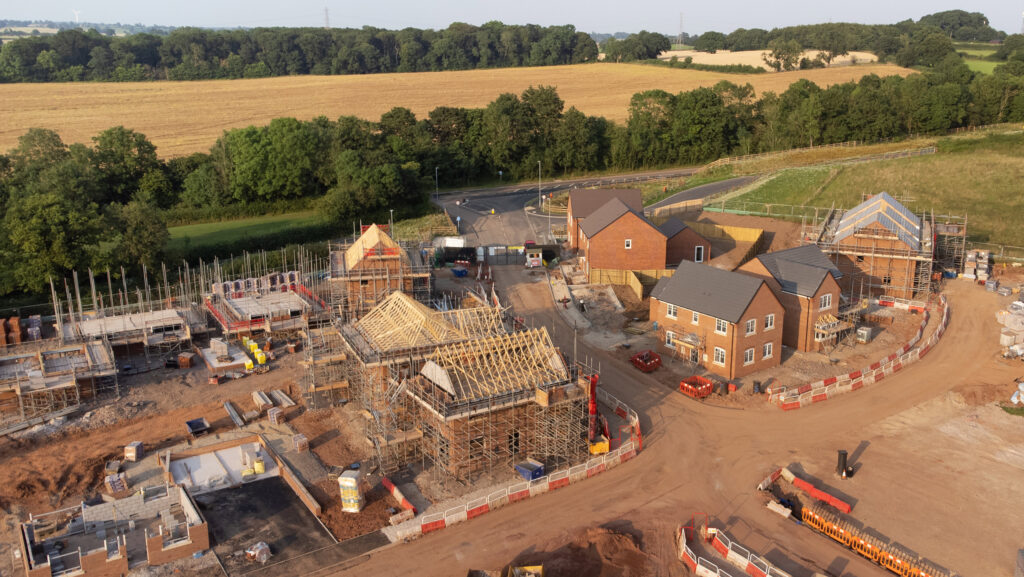Opinion: New planning framework offers farming opportunities
 © Chris Hepburn/ Istockphoto
© Chris Hepburn/ Istockphoto The new National Planning Policy Framework (NPPF) brings the best opportunity many farmers will get in a generation to secure planning permissions.
By effectively reintroducing mandatory housing targets for local authorities, the NPPF aims to deliver the government’s target of building 1.5m new homes over the next five years – a rate not seen since the 1960s.
See also: Find our advice on planning matters in one place
Some local authorities have seen their target doubled, creating a positive environment for farmers and landowners to submit applications – either for single houses and small-scale developments or larger projects.
About the author

Will Mackenzie is a director at Rural Insight Land & Development, a Leicestershire-based firm of land and property advisers.
Some sites that were viewed as five- to 10-year opportunities could now be worth pursuing more immediately, and proposals that might have been previously refused could now be green-lit.
Indeed, applications that were previously refused may also be worth revisiting.
If it’s a sustainable proposal, in an area where the local authority hasn’t delivered enough housing, it could be well received by planners.
Raising capital
Given the financial pressures farmers are under – and the spectre of higher inheritance tax bills following the Budget – now is a good time to raise capital from such projects.
Depending on the location, land with planning permission for residential development could be worth anything from £500,000 to £1.5m/acre.
Central government is looking nationally for new large settlements of 10,000 homes or more, while local authorities will seek to meet their targets in a variety of ways.
Some will take the view that a new settlement – or a big extension to an existing one – is the best route, while others will favour dispersing building across their patch.
A small hamlet won’t suddenly get 100 new homes, but a village with a school, shop and pub could see 50 homes allocated to it and, even those that don’t have that sort of infrastructure, could see some infilling.
Facing rising costs and a squeeze on incomes, farmers can invest capital generated in this way back in the business, or can fund a diversification or a new project for the next generation.
With rollover relief still available, there is a good opportunity to buy more land – potentially allowing scaling up and cost-spreading.
It’s important to view any development within the wider context of your whole farming business, though, ensuring it doesn’t compromise access or operational elements.
‘Grey belt’
The NPFF also introduced the term “grey belt,” which is green belt land that doesn’t perform any of the functions it was originally designed to do, such as preventing the spread of a large town.
This means that land that would previously have been very unlikely to be granted planning permission could be considered more appropriate for development.
Developers are now likely to submit planning applications in the next year or two that might previously have been in their five- or even 10-year plan, so could find themselves with a strategic supply shortage.
They’ll be hungry for new sites, so could be prepared to offer farmers and landowners strong financial terms for strategic land.
Farmers should therefore engage with their local authority, making it aware they have land available by submitting to the “call for sites” process.
Councils have a timetable for this process, however, so it’s important to meet the deadline.
All of the above is not to say that any development proposal will be waved through without challenge, but change, finally, is happening in the planning system and it is bringing new opportunities for farmers and landowners.
